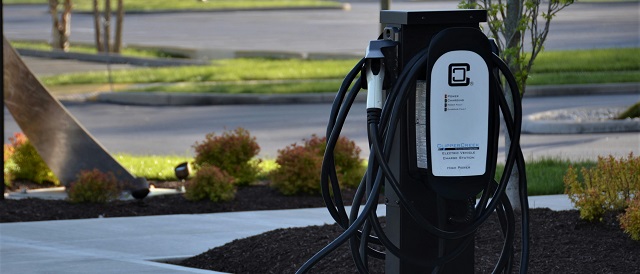City of Red Deer
‘Common Sense’ says City Council should avoid potentially massive tax increase
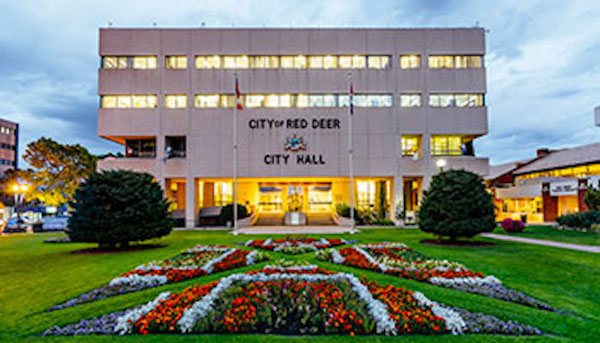
Submitted by Common Sense Red Deer
By Chad Krahn
More than a month later than normal, the City has finally released its proposed budget adjustments.
The numbers give Council – and the public – a much clearer picture of the City’s finances.
They’re not great.
They’re not even good.
In fact, the picture the proposals paint is pretty bleak.
The City is facing a $16.1 million shortfall, and is rapidly approaching its debt limit.
The reserves are also nearly gone as a result of using those funds to cover the shortfall in previous years instead of making a major course correction.
The tax increase to make up the shortfall is in the double digits – 10.65 per cent.
That’s a huge increase, but it’s made even worse by the fact that there’s no extravagant infrastructure project or big spending item on the books – it’s simply to maintain the operational status quo.
Let that sink in. For the City to continue offering the same level of services, they will need to raise taxes by 10.65 per cent.
Compare that with Statistics Canada’s November inflation rate – and Alberta’s projected 2024 inflation rate – of 2.5 per cent.
The City’s expenses are outpacing inflation and, more importantly, economic growth.
Council will hopefully do its best to soften the blow when the budget adjustments are actually debated later this month, but the built-in deficits that have crept into the budgeting process are going to haunt us.
Nearly every other municipality had their budget debates take place in November, but Red Deer’s are taking place on January 23-26.
Council will be left with the unenviable decision to either raise taxes, cut services, drain reserves or sell off assets.
If only there had been a way to prevent this.
Where are the learnings from the last few years? Where is the commitment to incremental improvement? A system of asking the front line staff ‘what is the next simple thing we can do to make this better’ to find that smart, bottom-up change. Taking that feedback to innovate and automate the way the City does business before we end up staring down big tax increases and no economic growth.
Red Deer’s population has largely plateaued, and consequently, so have housing starts.
Contrast that with other cities in Alberta – Calgary, Edmonton, and Lethbridge are all seeing their populations grow and new homes being built.
Alberta as a whole had such high rates of interprovincial migration that they ended their “Alberta Is Calling” program, originally designed to attract people to the province.
Worse still, Red Deer has the highest unemployment rate for a major region in Alberta.
Why is Red Deer stagnant?
The status quo approach to business hasn’t worked. The City interacting with business the same way it always has is producing diminishing returns.
We need a Council Committee on Red Tape Reduction, along with a dedicated commitment to reexamine the building code and a promise to industry to have a guaranteed turnaround time on issuing permits.
The downward trend in economic growth should have already set a five-alarm fire for the City. After all, they had to know how dire the financial situation already was.
Alberta is growing, and comparable cities across the province are all growing, but Red Deer’s graph is pointing in the wrong direction. The budget document even says that the city’s economic development resources are spread too thin and generally focused on land development and sales.
It also notes that economic leaders should all be in alignment, but the budget documents admit that the alignment isn’t there.
Getting our economic drivers aligned should be a top priority – getting all of Team Red Deer firing on all cylinders needs to happen immediately.
We can’t wait until some new report comes out in 2025.
We know what the problems are.
We’ve known for a long time.
This is an incredible place to live, yet somehow, the story is going untold.
Red Deer could be so much more.
Chad Krahn is the Executive Director of Common Sense Red Deer.
City of Red Deer
City Council paving the way for more house suites, backyard suites, tiny homes, and duplexes

Council adopts new Zoning Bylaw
At Monday’s regular City Council meeting, City Council passed second and third reading of the Zoning Bylaw 3357/2024, replacing the former Land Use Bylaw.
The goal of the Zoning Bylaw is to reduce red tape, permit more uses in each zone and improve ease and understanding of the document. Notable updates include:
- Reduction from 11 residential districts to 9 zones
- Reduction from 7 commercial districts to 6 zones
- Reduction from 5 industrial districts to 3 zones
- More permitted uses in each zone
- More gentle density options to provide increased housing options, including house suites, backyard suites, tiny homes, and duplexes
- Increased building heights to 12.5m that considers sightlines and privacy of existing dwellings
- Greater flexibility for development applications
- Expanded definitions
- Reduction of duplex side yards, removal of side yard setbacks on corner lots, and reduced frontage in residential narrow lots to improve competitiveness
- New regulations to gently transition existing neighbourhoods to maintain character
Following adoption of the Zoning Bylaw, the following amendments were made by City Council.
| Proposed Amendment | Public Hearing Date |
| Increase suites from 15% to 25% of the houses in a neighbourhood. | June 24, 2024 |
| Allow commercial uses on the main floor of R-H Residential High Density. | June 24, 2024 |
| Correct errors in the PS Public Service Zone use list: (*Recommended) a) Gaming and Gambling Establishment (Only at the Westerner) b) Education Primary & Secondary – Add to discretionary use list | May 27, 2024 |
| Returning the Cannabis Retail Sales setbacks to be consistent with the current Land Use Bylaw 3357/2006 | May 27, 2024 |
“The new Zoning Bylaw incorporates years of public feedback and best practices to make a Zoning Bylaw that will result in more housing options, easier development, and ultimately will improve our competitiveness,” said David Girardin, Major Projects Planner. “With the approval of the Zoning Bylaw today, we are not finished our community engagement as there will be future public hearings on potential amendments in the coming weeks, as well as more formal public participation for each additional phase of the Zoning Bylaw.”
The Zoning Bylaw will come into effect in 30 days. Public participation for phase two of the Zoning Bylaw will begin later this year. For more information, visit engage.reddeer.ca.
City of Red Deer
City says Red Deer residents impressed by changes to snow and ice control program
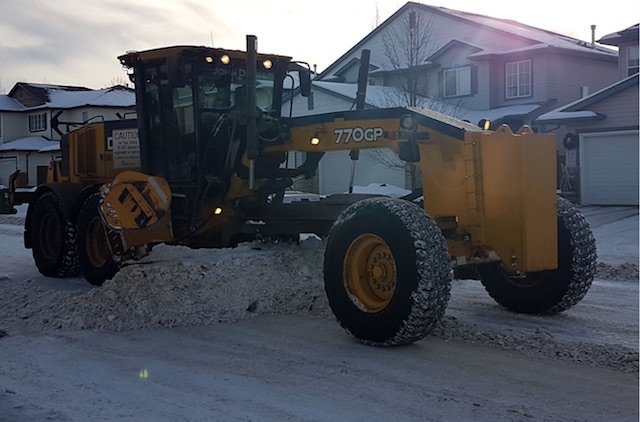
City Council reviews pilot snow and ice control program
This past winter, The City of Red Deer piloted changes to the snow and ice control program that focused on restoring mobility sooner and providing safe, accessible and well-maintained transportation infrastructure for all.
Major changes included 24/7 operations for residential street clearing, increased traction control throughout the city, additional sidewalk, trail and staircase clearing, and decreased timelines for bus stop clearing. On Monday City Council reviewed the 2023-24 snow and ice control operational report which outlined the pilot’s successes and challenges, as well as the learnings and opportunities for improvement.
“Overall, our more responsive approach to snow and ice control resulted in better mobility for motorists and pedestrians, and a greater quality of winter road maintenance,” said Greg Sikora, Manager of Parks and Public Works. “Of the many successes of the pilot program, the community was most pleased with the noticeable improvement in traction control and our ability to clear Green Routes within six days, thanks to moving Green Route plowing to 24/7 operations.”
Improvements to pedestrian, cyclist and motorist transportation networks include:
- Increased presence and effectiveness of pre-treating, plowing, and sanding on major arterials, hills and bridges, with two and four-hour traction control equipment cycles,
- 5 locations of staircase clearing,
- 43 km of neighbourhood asphalt trails cleared after each snowfall,
- Inclusion of second side sidewalks (9 km)
- 635 transit stop clearing: 61 high priority cleared in 1 day, 153 medium priority cleared within 3 days, an additional 421 supplemental stops cleared within 7 days.
Throughout the pilot program, The City connected with the community to get feedback on operations including regular check-ins with the Engaged Citizens Group, two broad public surveys, a transit rider survey and the Citizen Satisfaction Survey.
Overall, citizens felt arterial roadways, hills and bridges were adequately maintained, and were satisfied with the Green Route plowing operation, with little concern raised about nighttime operations and 24/7 parking bans. Residents reported a prominent level of satisfaction with the additional mobility of trails, sidewalks and staircases, and there was improved public awareness of snow clearing programs.
Additionally, a noticeable improvement in adherence to the parking ban resulted in less than 100 tickets being issued this year. Complaint call volumes and service requests for traction control also trended downward this year.
“While we’ve received positive feedback from the community, we know there is always room for improvement. Our greatest challenges to the snow and ice control program remains the variability of weather, pivoting operations from a plow based program to a traction control focus and choosing the right time to execute Green and Grey Route plows,” said Manager Sikora.
In June 2023, Council adopted the revised Integrated and Accessible Transportation Policy (IAATP), which focuses on providing the community with mobility services based on four guiding principles: safe, accessible, well-maintained and accountable.
City Council will consider the future level of service at the May 27 City Council meeting.
-

 COVID-192 days ago
COVID-192 days agoJapan’s most senior cancer doctor: COVID shots are ‘essentially murder’
-

 Automotive2 days ago
Automotive2 days agoGovernments in Canada accelerate EV ‘investments’ as automakers reverse course
-
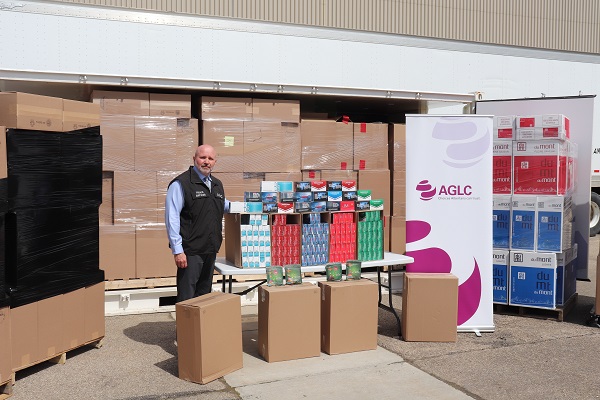
 Alberta1 day ago
Alberta1 day ago30 million contraband cigarettes valued at $25 million dollars seized in Alberta
-

 Automotive2 days ago
Automotive2 days agoRed States Sue California and the Biden Administration to Halt Electric Truck Mandates
-

 Alberta2 days ago
Alberta2 days agoPharmacist-led clinics improve access to health care: Lessons from Alberta
-
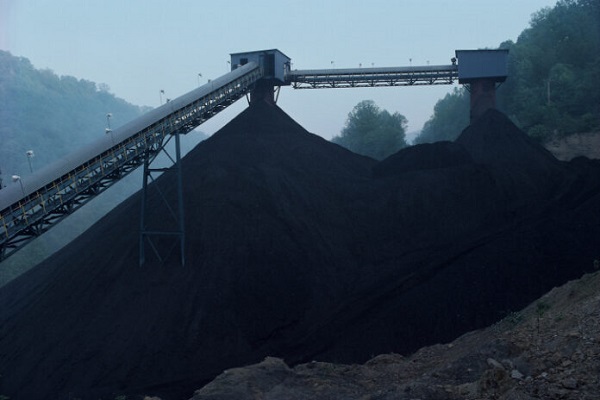
 Economy2 days ago
Economy2 days agoBiden signs suicidal ‘No Coal’ pact, while rest of world builds 1,000 new plants
-
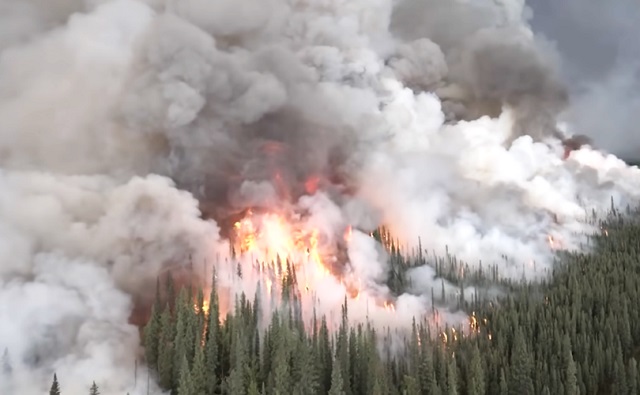
 National1 day ago
National1 day agoTrudeau again blames ‘climate change’ for mostly man-made wildfires
-
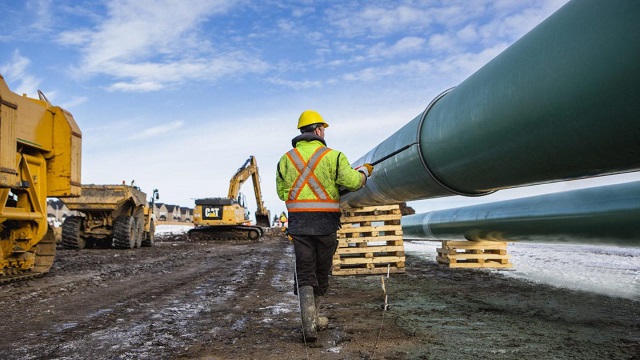
 Canadian Energy Centre1 day ago
Canadian Energy Centre1 day agoTrans Mountain completion shows victory of good faith Indigenous consultation




